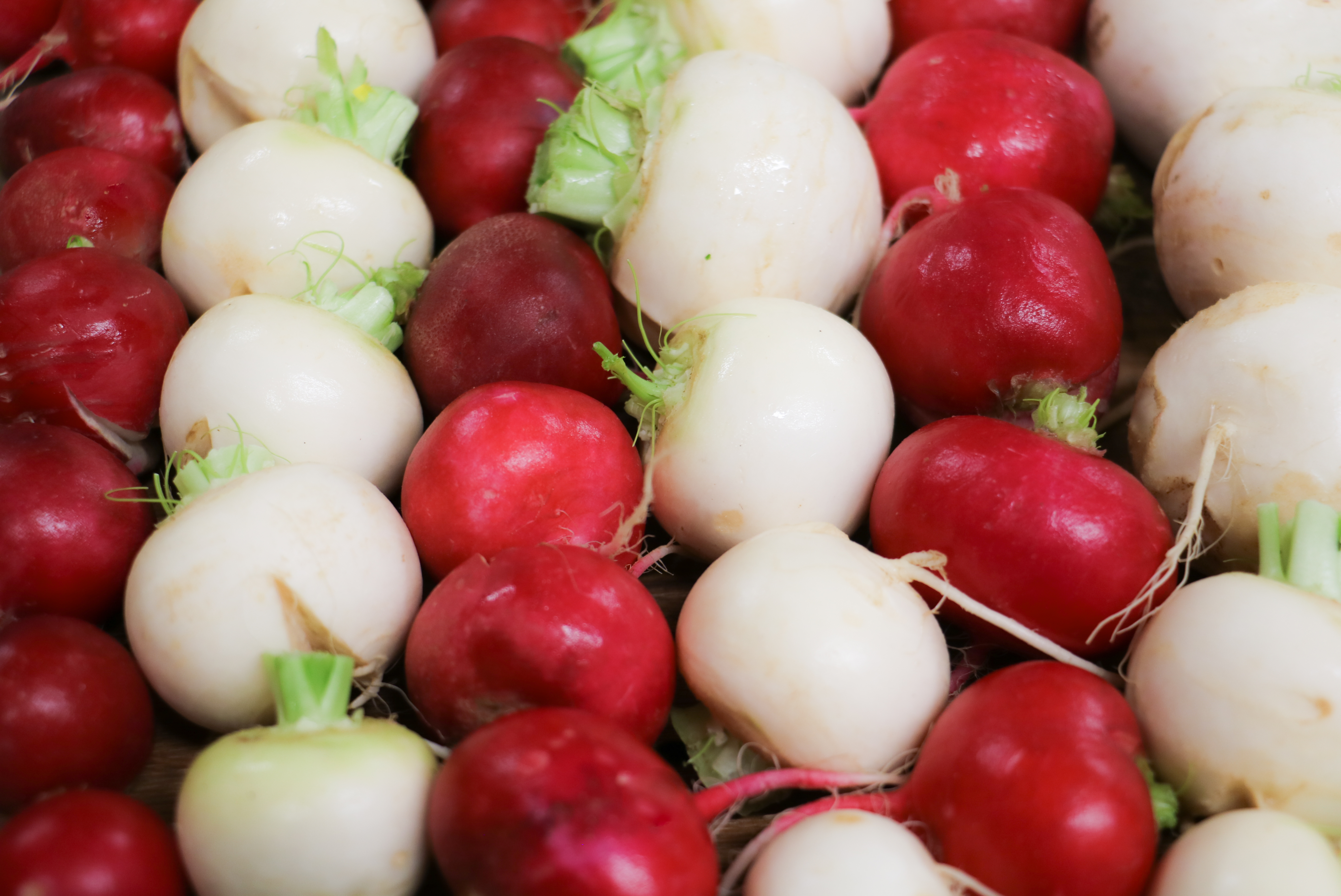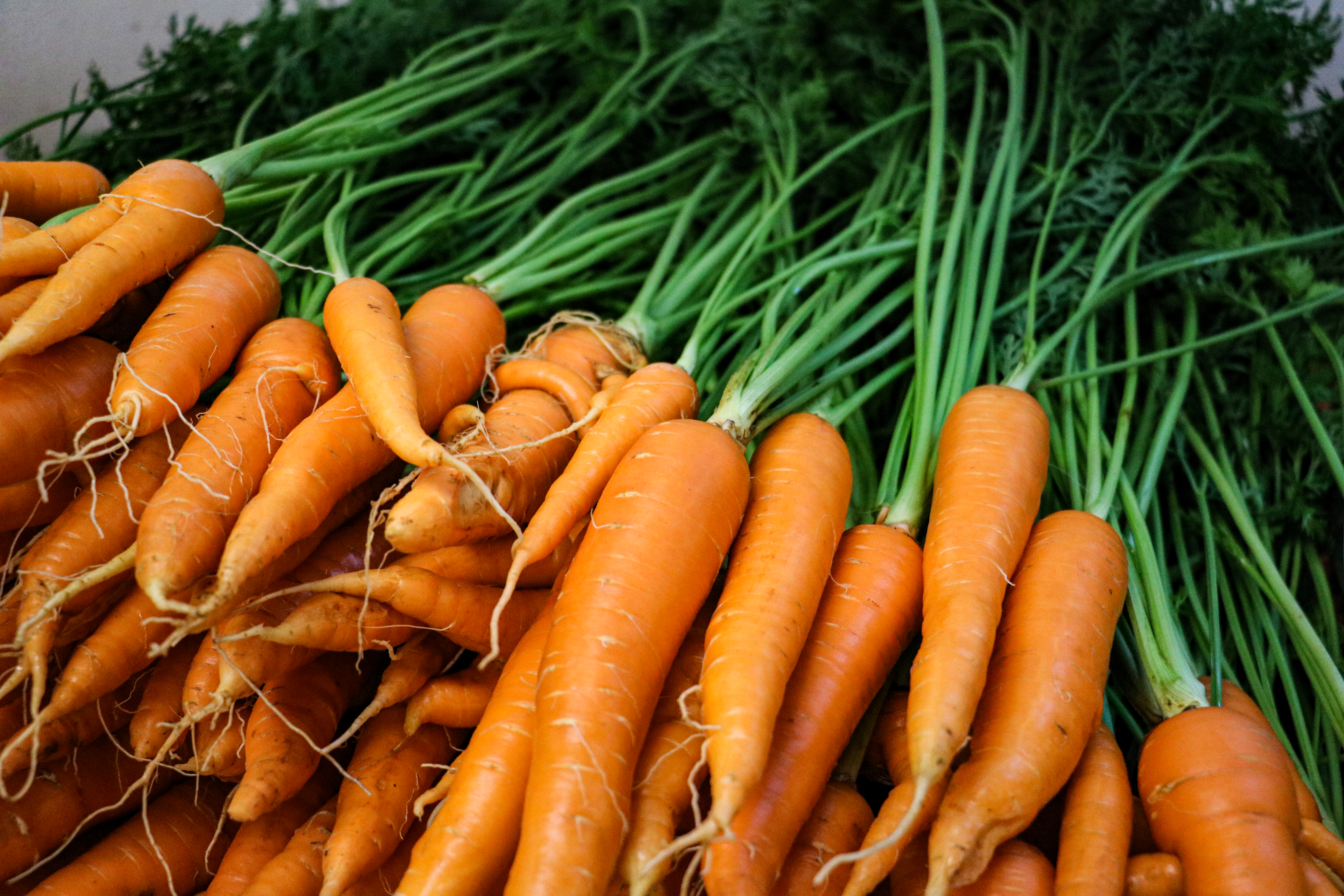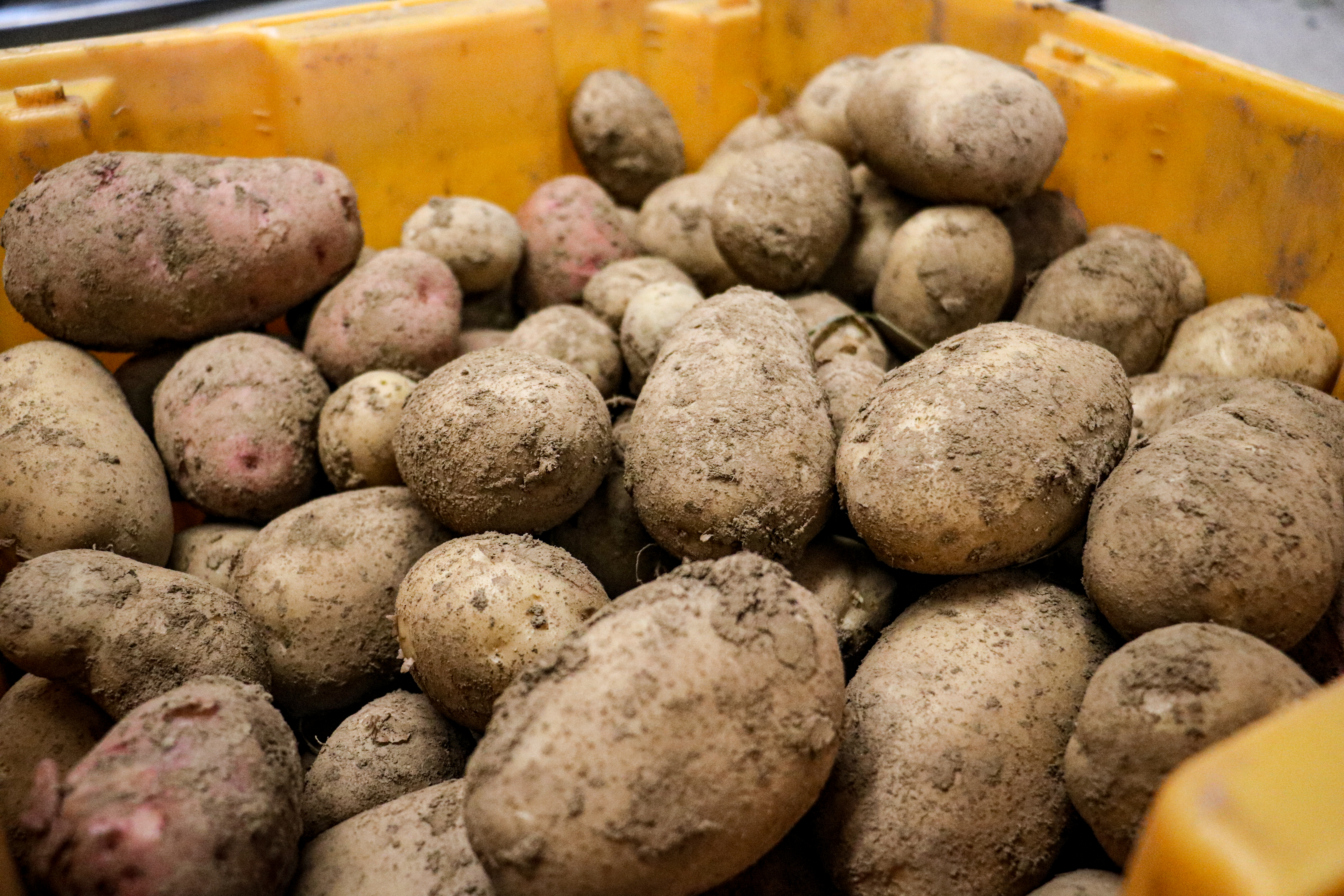
By: Mac Stone, Farmer & Owner, Elmwood Stock Farm
How nice it is to need a long sleeve shirt first thing in the morning, again. I can handle the hot days better when the earth cools off a little at night. The cattle, sheep, pigs, dogs and cats all agree with me. As do the lettuce heads and all the other leafy greens for that matter. I’m not sure if the coyotes, skunks, opossums and others look forward to hibernation or not, as it might depend on how well they ate this year, or how much food they have squirreled away. Nor do I know if the insects are content once they procreate the next generation, as they will never see next spring. That life cycle, too, depends on the health of the eggs or pupae or cocoons or cysts or whatever form their encapsulated offspring take to survive winter. As for me, I’m going to hedge my bets and line up my own winter food supply.

Some people start with heaping mounds of so-called-food items hidden away in unidentifiable cardboard and plastic containers, spilling out of a grocery cart, with the idea they are stocked up for a while and can decide later what to eat when. With all the processing and preservatives, none of it is going to spoil anyway whether it is stored at home or on the store shelf. This pattern of sourcing the family’s well-being did not work so well when the pandemic hit, not to mention the debilitated health of people who eat this way, the perpetuation of a lack of food preparation skills and the ultimate drag on the economy.
Most of you reading this source your sustenance from a few known situations. Perhaps you let Good Foods Co-op provide sustainably raised items for you (much of it organic that solidifies the ‘responsibly raised’ quotient). Perhaps you are a farmers market regular or a shareholder in a local CSA farm and maybe you garden. Seasonal eating calls for some adventurism, although gathering up foods today is easy street compared to our caveman forbearers.

The folks like you that I picture while writing this start your meal planning with what’s coming out of your garden, even if it’s only herbs. As a food farmer I encourage you to grow more of your own food. The connection with nature is invaluable and gardening encourages you to study entomology and the soil food web. You’ll gain a taste for freshness, enjoy the good while cutting out the bad, and develop respect for the process to get each item to your kitchen.
Next, you will see what is available in your CSA share and/or the farmers market, and round off your food gathering at the Co-op, knowing much of it is also locally produced, while offering the convenience of procuring all in one place. Whichever way you choose to gather up your supper, eating seasonally means we are now headed into storage crop season, and we might as well be smart about it.
Root cellars are so passé, and most of you don’t have an abundance of extra root vegetables looking for a home anyway, but I think it wise to secure more than a meal’s worth to have on hand. If you have carrots or beets or turnips with greens, cut the greens off (steam or sauté the beets and turnips,) then wrap loosely in a bag (or poke holes in a sealed bag) and sock them away in the back of the fridge. Feel free to keep buying fresh each week, knowing these are safely tucked away, though maybe check on them from time to time to eat and replenish. A Frigidaire is as close to a root cellar as you can get these days.

We wash our potatoes when they are newly dug out of the ground and refrigerate until time to eat, and suggest you do the same. If they have some greening of the skin, which is a response to light (photosynthesis) and is said to be poisonous to people—which is technically correct, but you would have to eat a mixing bowl’s worth of green skin to feel the effects which you wouldn’t do because it has an off flavor—simply peel it away and discard. If your grandmama insisted you eat the skin to not waste any after all the hard work of growing and storing spuds, she was doing you a favor. The complexity of that protective coating is where the action is, not only a multitude of nutritional components but it includes the biome of the soil it was grown in. Believe me, it is not sterilized by running it under cold, or even hot water, and scrubbing it with a two-year-old brush you keep under the sink. Russeted varieties that store well are kind of chewy compared to newly harvested varieties, but with plenty of pastured butter, they go down fine.

The first sweet potatoes of the season are being dug as we speak. We thoroughly rinse the field dirt off, enclose stacks of crates in such a way we can heat them up to 85 degrees F for several days, with open water pans in the space for the high humidity to set the skin. The growers that supply the Co-op have their own method of curing, extending the shelf life for months, versus weeks. You should hold them on the counter or the pantry. Light is not a problem although I’m not sure why it is not. Or they can be under the counter if their storage space is not next to the sink or dishwasher which tends to be more humid, and they should never be in the fridge.
Garlic and winter squash can hang with the sweet potatoes. We still have a butternut squash on the counter from 2020, with only a few specks, otherwise no worse for the wear. After a year of waiting, I can’t decide whether to cut it up along with some beets and carrots sprinkled with salt/pepper/garlic, powder-coat with olive oil, and roast it before this year’s crop comes in—or save it for a snowy day and savor the flavors that have condensed over time. Many others have come and gone, ones that had nicks or scars from handling, not destined to see 2,500 cups of morning coffee being stirred. When shopping for hard squash and root veggies, please don’t turn your nose up like the Princess and the Pea tale, simply peel off the blemishes like your grandmother would have, then save the pretty ones for next year.

I have not addressed proteins yet. Let us farmers do the hunting for you. That’s what freezers are for.
It’s time to load the larder with the onset of cooler weather. Remove poorly labeled Ziplock bags of iced-over leftovers from the freezer and fill the space with some pretty, local, grass-fed, organic meats, just waiting for a nice grill, oven or crockpot. Tuck some root crops neatly into the back of the fridge, saving room in the front for all the amazing leafy greens as they come in. Find a space in your kitchen or your pantry for potatoes, sweet potatoes, onions, garlic, and herbs you might have dried.
By definition, cheap food means the farmers were paid precious little for their part of the deal. Your health and well-being deserve more attention than that. And how nice that the best food in the world is available right here! Grow some of your own, become an owner of Good Foods Co-op, shop the farmers markets and be a CSA farm shareholder to secure awesome tasting organic foods for your family. You’ll be glad you did all winter long.
—Mac Stone, Elmwood Stock Farm
